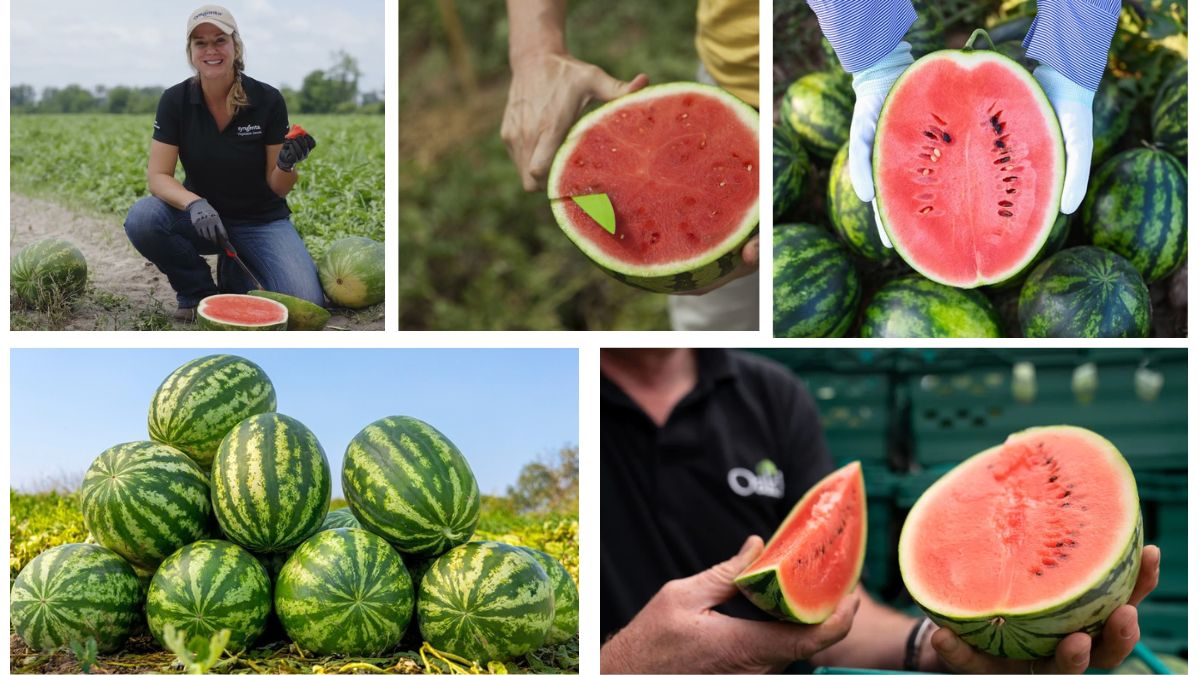Watermelon, with its sweet, refreshing taste and high water content, is one of the world’s most popular and widely cultivated fruits. Especially favored in tropical and subtropical climates, watermelon (Citrullus lanatus) is enjoyed fresh, as juice, in salads, desserts, and even pickled in some culinary traditions. Beyond its culinary appeal, watermelon is rich in nutrients like vitamin C, vitamin A, lycopene, and antioxidants.
Although many countries produce watermelons on a large scale, one nation stands out far above the rest when it comes to both the area cultivated and total production — China. For decades, China has held the title of the largest watermelon grower in the world, contributing significantly to the global supply of this beloved fruit. This article explores China’s dominance in watermelon production, the global watermelon industry, other top-producing nations, and the factors behind the widespread cultivation of this juicy fruit.
Overview of Watermelon Cultivation
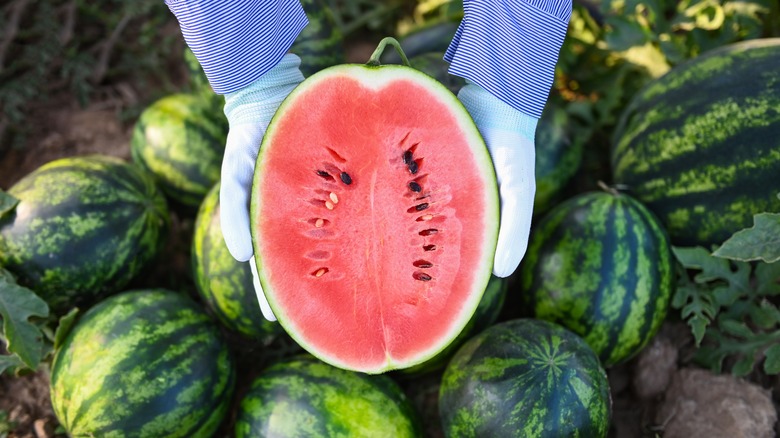
Watermelon is a warm-season, annual plant that thrives in hot, sunny climates with well-drained, sandy-loam soils. It requires:
- Temperatures between 22°C to 35°C (72°F to 95°F).
- Long growing seasons of 70 to 100 days.
- Consistent moisture without waterlogging.
The fruit originated in Africa, with evidence of its cultivation dating back over 5,000 years in Egypt. From there, it spread to India, China, and eventually to Europe and the Americas. Today, watermelons are grown in over 100 countries on all continents except Antarctica.
Which Country Is the Largest Watermelon Grower in the World?
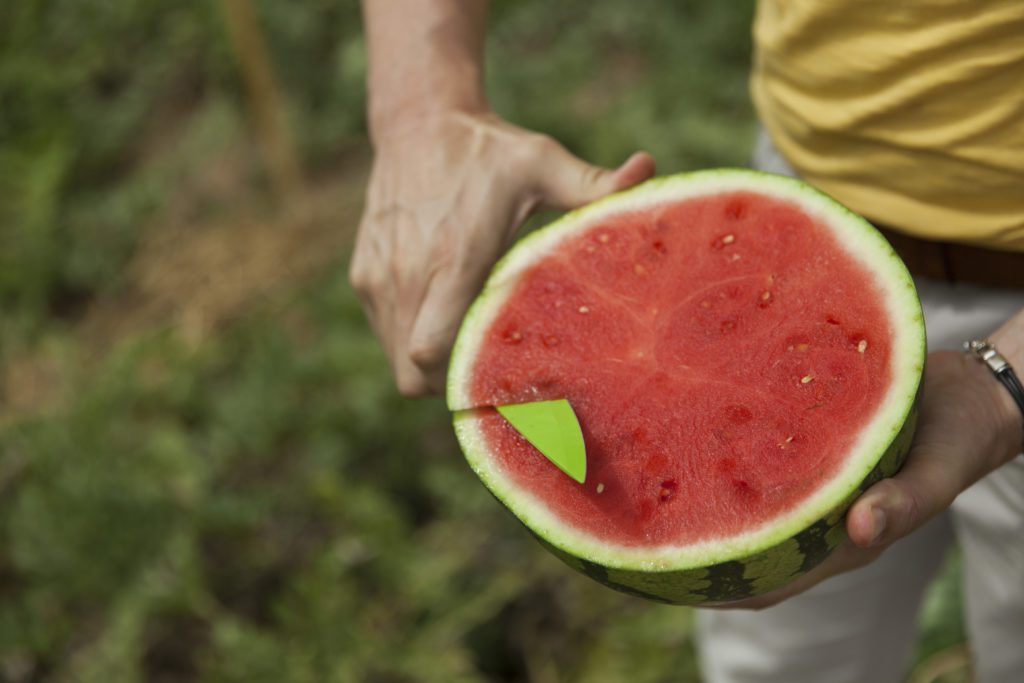
China: The Global Watermelon Leader
According to the Food and Agriculture Organization (FAO) and the latest international agricultural statistics (2024 estimates), China is by far the largest watermelon producer in the world, accounting for more than 60% of global production.
Global Watermelon Production Snapshot (2024 Estimate)
| Rank | Country | Annual Production (Metric Tons) |
|---|---|---|
| 1 | China | 63.4 million |
| 2 | Turkey | 3.5 million |
| 3 | India | 3.1 million |
| 4 | Iran | 2.8 million |
| 5 | Algeria | 2.3 million |
In comparison, no other country even comes close to China’s production volumes.
Why Is China the Largest Watermelon Grower?
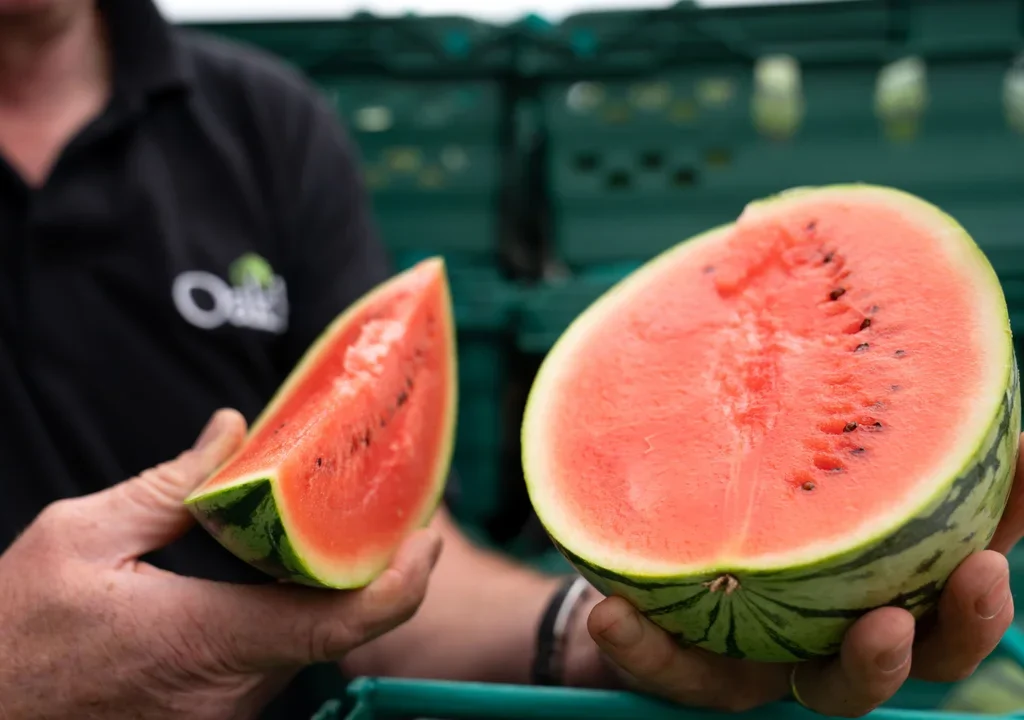
Several factors contribute to China’s position as the leading watermelon producer:
1. Vast Agricultural Land and Ideal Climate
China possesses extensive agricultural land in provinces like Shandong, Henan, Hebei, Xinjiang, and Guangxi, which offer the warm, sunny, and moderately humid conditions perfect for watermelon farming.
2. Long-Standing Cultivation Tradition
Watermelons have been grown in China for over 1,000 years. Over time, the country developed numerous regional cultivars tailored to local soil, weather, and taste preferences.
3. Large Domestic Consumption Market
China’s population of over 1.4 billion people ensures a robust internal demand for fresh watermelons, especially during the hot summer months when watermelon is a popular street food and household staple.
Fun Fact: In China, watermelons are served at weddings, picnics, and festivals and are sometimes carved into decorative shapes.
4. Advanced Agricultural Practices
China has heavily invested in:
- Hybrid seed development
- Modern irrigation systems
- Greenhouse watermelon farming
- High-yield, disease-resistant varieties
This has significantly improved per-hectare productivity.
5. Government Support
The Chinese government supports fruit cultivation through:
- Subsidies for greenhouse and irrigation systems
- Farmer training programs
- Agricultural research and technology promotion
Other Top Watermelon Producing Countries
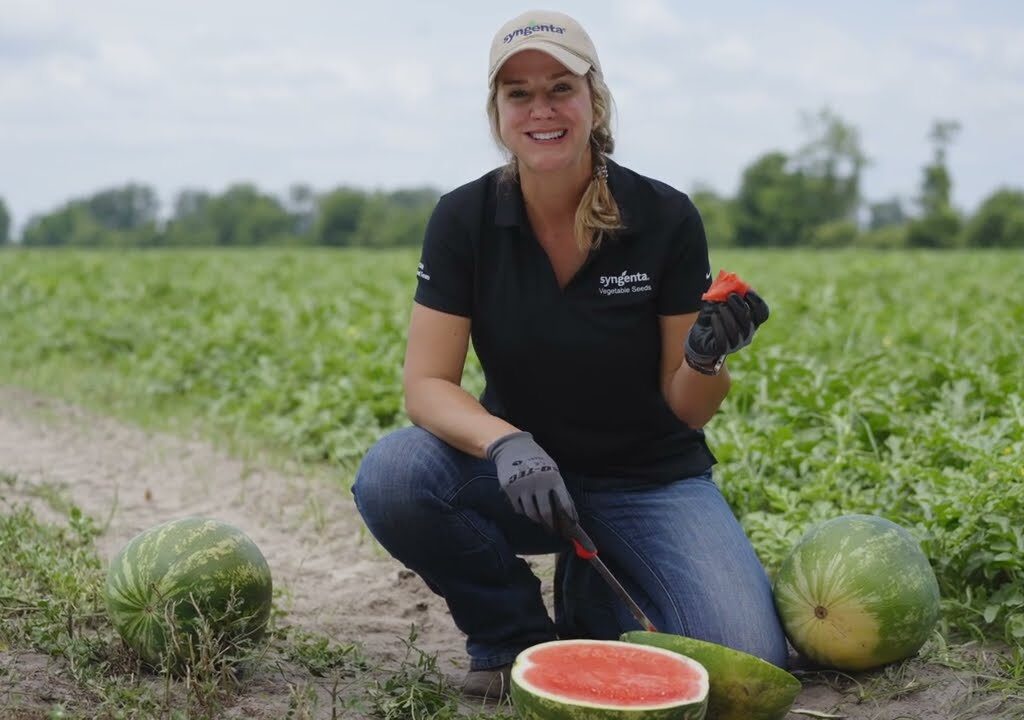
While China dominates the market, other nations play important roles in global watermelon production:
1. Turkey
Turkey ranks second globally with about 3.5 million metric tons annually. The fertile plains of Adana, Antalya, and Diyarbakir produce a significant portion of the country’s watermelons. Turkey also exports to Europe and the Middle East.
2. India
India, with its hot, arid, and semi-arid regions, produces over 3.1 million metric tons of watermelons annually. Major growing states include Karnataka, Maharashtra, Tamil Nadu, and Andhra Pradesh.
3. Iran
Watermelon is one of Iran’s most popular fruits, with annual production exceeding 2.8 million metric tons. Iranian watermelons are famous for their sweetness and size.
4. Algeria
Algeria, with about 2.3 million metric tons per year, is Africa’s leading watermelon producer. The Sahara and steppe regions cultivate watermelons using modern irrigation and greenhouse systems.
Watermelon Production in the Global Market
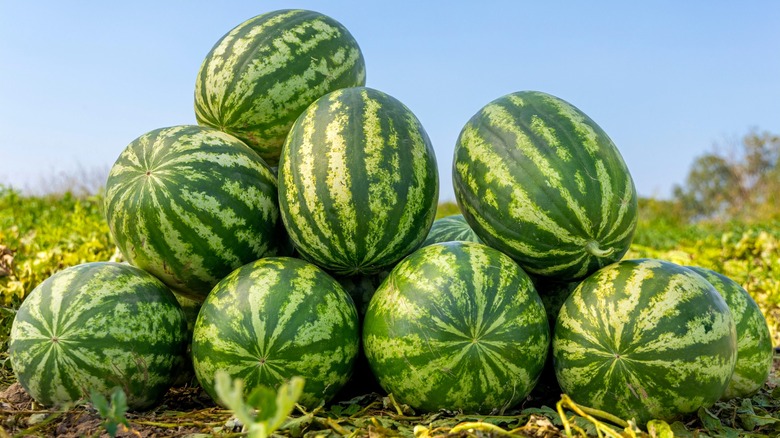
Global watermelon production exceeds 100 million metric tons per year, making it one of the top five most widely grown fruits. The key markets include:
- Domestic consumption in producer countries.
- Export markets in Europe, the Middle East, Russia, and Southeast Asia.
Countries like Spain, Morocco, and the United States are important seasonal exporters.
China, however, exports very little of its watermelon due to massive internal demand.
Economic and Nutritional Importance of Watermelons
1. Economic Impact
- Provides livelihood for millions of smallholder farmers worldwide.
- Generates significant income through both domestic sales and exports.
- Drives local agri-industries like seed development, irrigation equipment, and cold-chain logistics.
2. Nutritional Benefits
Watermelon is a nutrient-rich, low-calorie fruit, composed of over 90% water, making it excellent for hydration.
Key Nutrients:
- Vitamin C: Boosts immunity.
- Vitamin A: Supports vision and skin health.
- Lycopene: A powerful antioxidant linked to heart health and reduced cancer risk.
- Citrulline: May improve blood circulation and reduce muscle soreness.
Challenges Facing Watermelon Cultivation
Like all crops, watermelon farming faces challenges, including:
1. Climate Change
Rising temperatures and irregular rainfall patterns threaten watermelon yields and quality, especially in drought-prone regions.
2. Pests and Diseases
Common issues include:
- Powdery mildew
- Fusarium wilt
- Anthracnose
- Cucumber beetles and aphids
Integrated pest management and disease-resistant hybrids are critical to maintaining production.
3. Water Scarcity
As a water-intensive crop, watermelon farming demands efficient irrigation techniques like drip and sprinkler systems in arid regions.
The Future of Global Watermelon Production
As global demand for watermelons rises, especially for seedless and specialty varieties, farmers and producers are adapting through:
- Greenhouse cultivation
- Controlled environment agriculture (CEA)
- Precision farming and soil monitoring technologies
- Sustainable water management practices
China is leading this trend, with thousands of hectares of watermelons now grown under controlled conditions in plastic tunnels and glass greenhouses.
Conclusion
In conclusion, China is the undisputed largest watermelon grower in the world, producing over 63 million metric tons annually, which accounts for more than 60% of global production. Thanks to its ideal growing conditions, vast farmland, long-standing cultivation practices, large domestic market, and advanced agricultural technologies, China has maintained its leadership position for decades.
Other major producers like Turkey, India, Iran, and Algeria contribute significantly to regional and global markets but still remain far behind China in total output.
With the growing global appetite for fresh, healthy, and hydrating fruits, watermelon farming is poised for continued expansion, innovation, and economic significance in the years to come.
